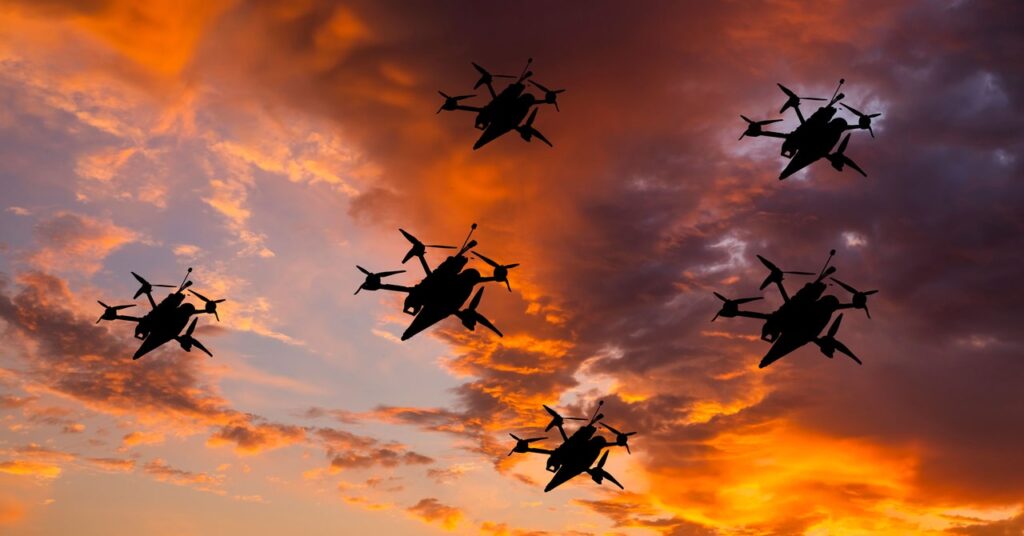In a memo obtained by WIRED, DHS shows less confidence in its ability to detect threatening drones. According to the document, which authorities have ordered not to make public, “tactics and technologies to circumvent anti-UAS capabilities are circulated and sold online with little regulation.” In reality, the police’s ability to track errant drones is hindered by a range of developing technologies, the statement said, including “autonomous flight, 5G command and control, lock-on protection technology, swarming technology and software that disables geofencing restrictions.”
The New Jersey mystery and similar phenomena in Pennsylvania, New York, and Maryland, among others, have drawn attention from state and federal lawmakers to the government’s efforts to expand access to anti-UAS technology. Speaking to reporters via Zoom on Saturday, a DHS official said the agency is asking Congress to “expand and expand existing anti-drone authorities” and ensure “state and local authorities are also given the tools they need to respond to these threats.” “
Currently, a handful of federal agencies—including the U.S. Department of Defense and the Departments of Energy, Justice, and Defense—are authorized to shoot down a drone within U.S. airspace.
Property to the People Executive Director Ryan Shapiro says the August announcement makes clear that DHS is constantly working to bring new law enforcement technology and legal privileges. But any impact on Americans’ civil liberties, he says, should not be justified by stating that it is merely a “threat built on a vague and deceptive threat.”
While terms like “violent extremists” conjure up images of neo-Nazis and domestic terrorists looking to spark a second US civil war, Shapiro says the government has misguidedly applied those labels to help undermine animal rights groups. at the behest of corporations. Activists have relied heavily on drones for the past decade, he said, to help gathering evidence of cruelty in factory farms—where surreptitious recording has been criminalized under so-called “ag-gag” laws.
In a statement Saturday, FBI officials said authorities received about 5,000 drone sightings in connection with the East Coast sightings, eventually resulting in about 100 viable ones. They said most reports were consistent, with misidentified flights landing and taking off from major regional airports.
While the FBI worked to ease concerns stemming from the recent outbreaks, it also urged Americans not to completely dismiss the idea that rogue drones pose a serious threat. “It is well known that criminals who break the law use (drones) to support their actions,” said one official, adding that the recent widespread outbreaks appear to be benign.
In a statement to WIRED, a DHS spokesperson said the agency “continues to advise federal, state and local partners to be vigilant for potential threats and encourages the public to report any suspicious activity to local authorities.”
2024-12-17 16:31:43
https://media.wired.com/photos/675a0f8f6c60e97d3d509f2d/191:100/w_1280,c_limit/Security_Drones_GettyImages-1558051856.jpg

